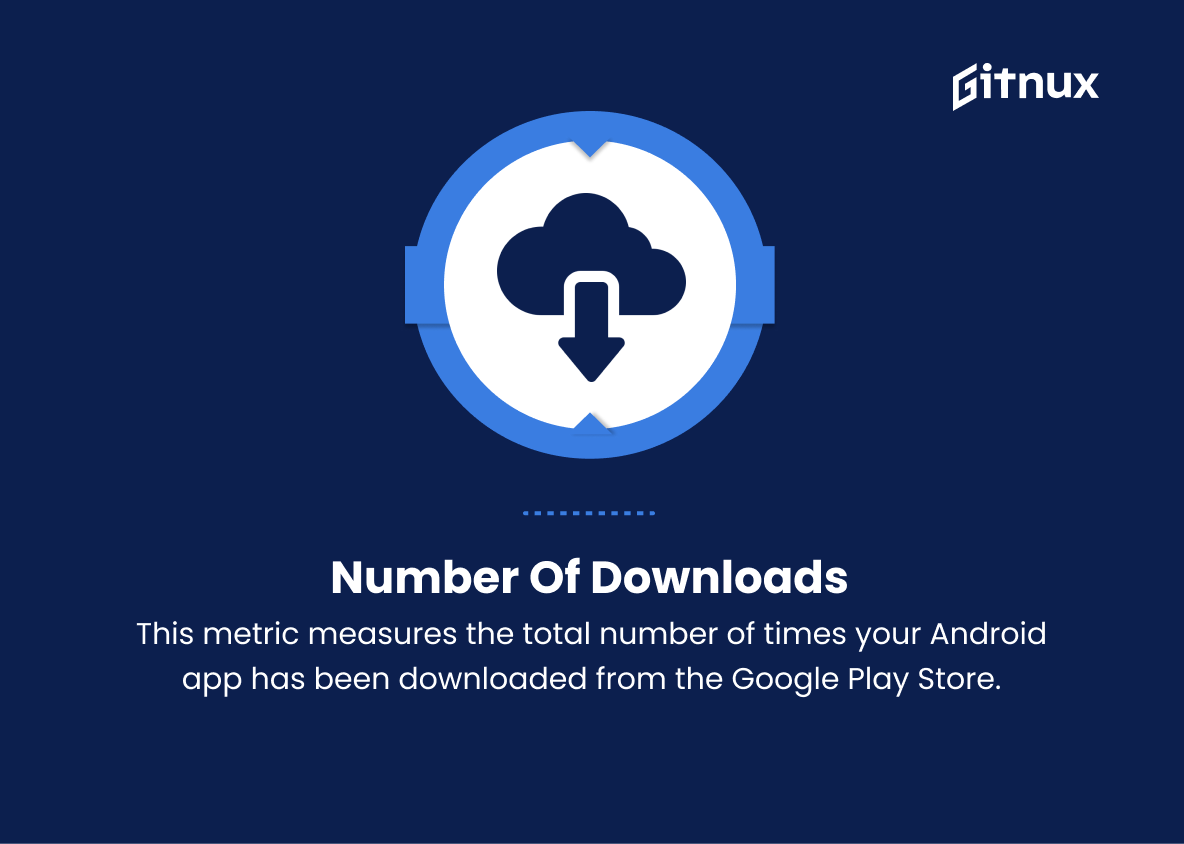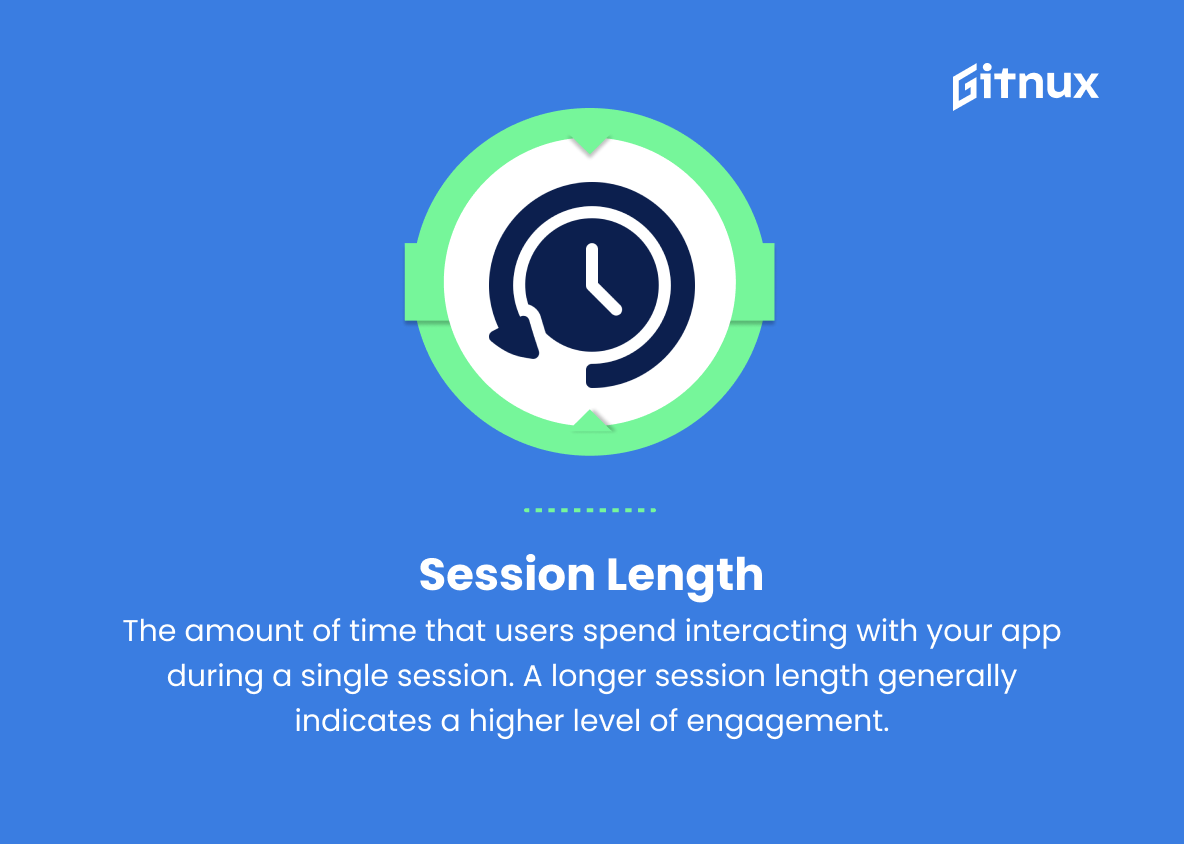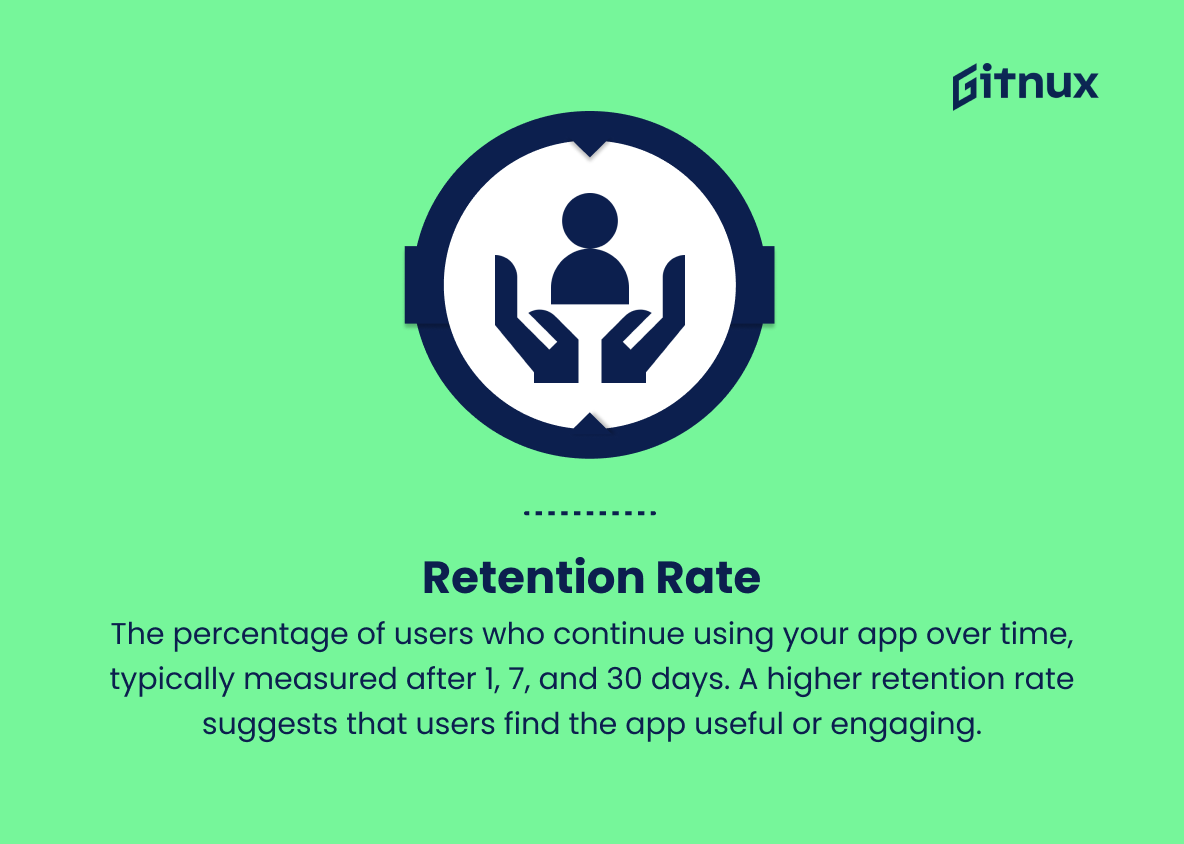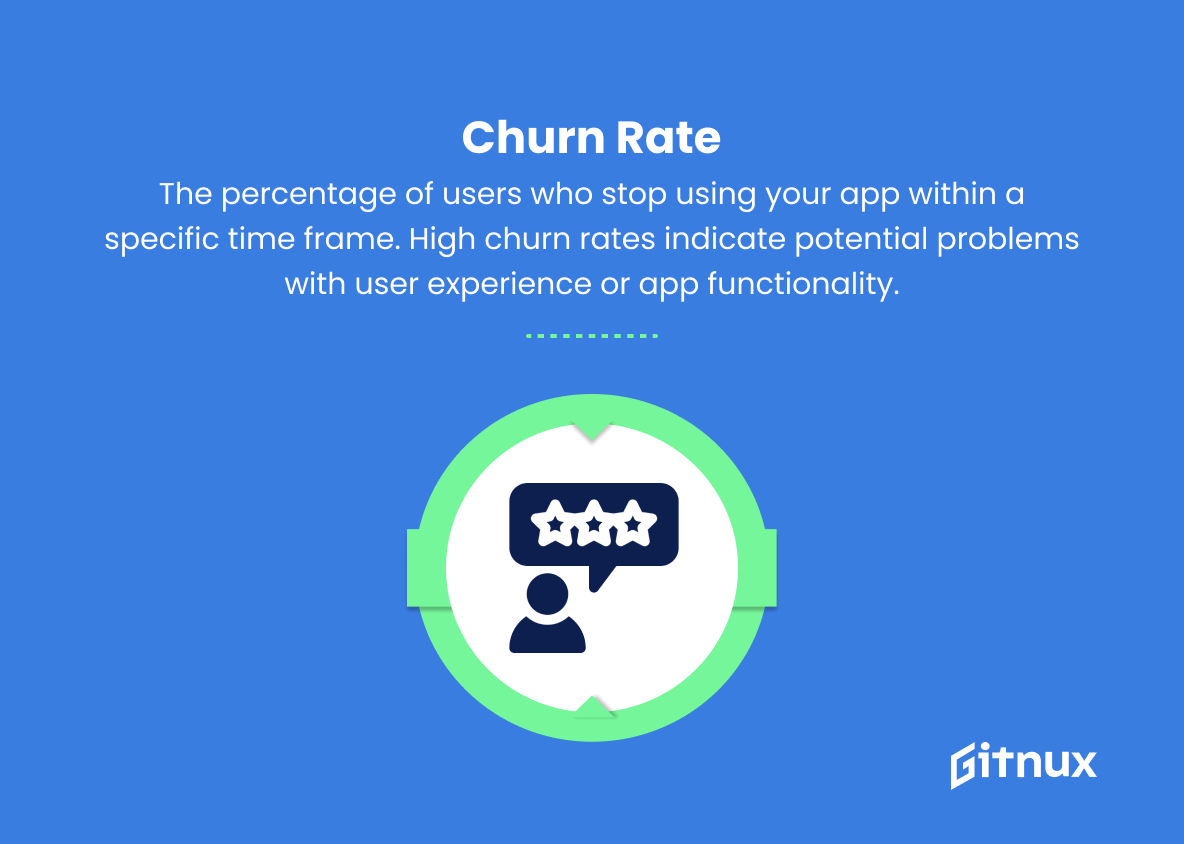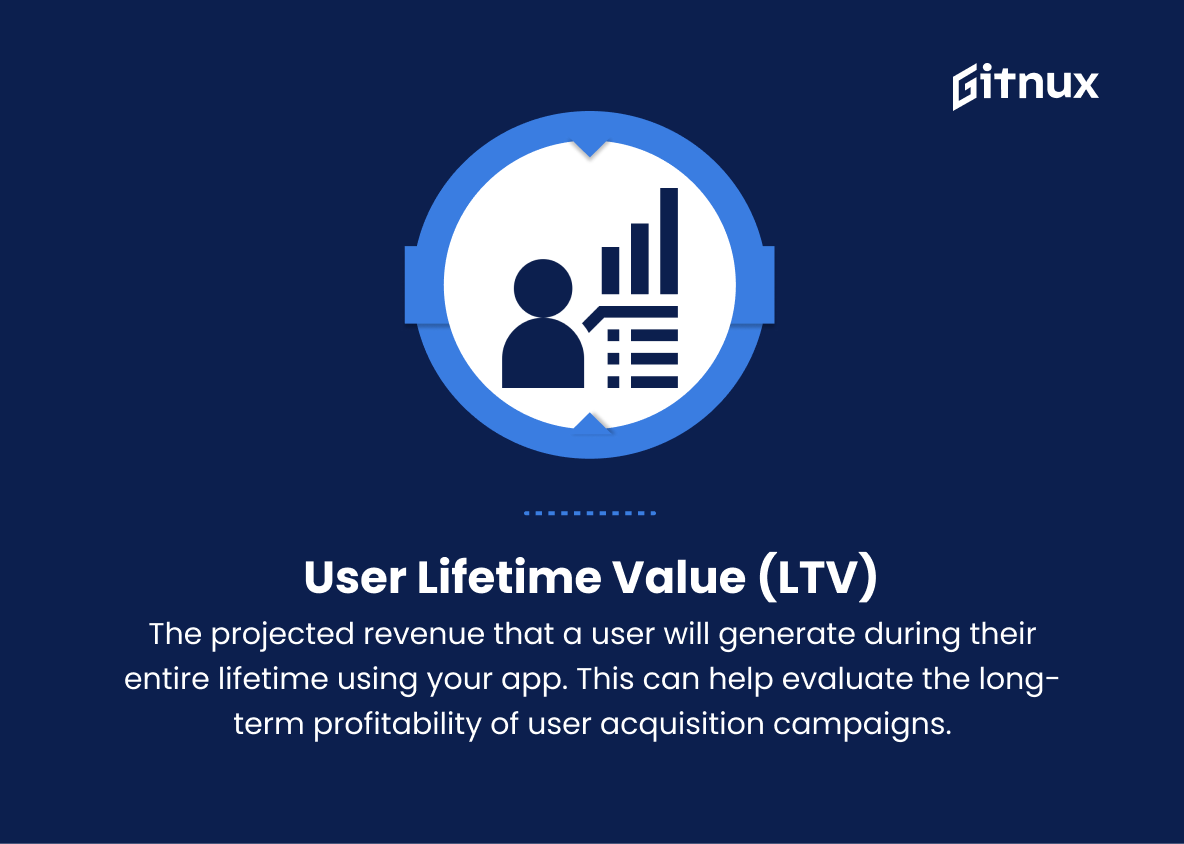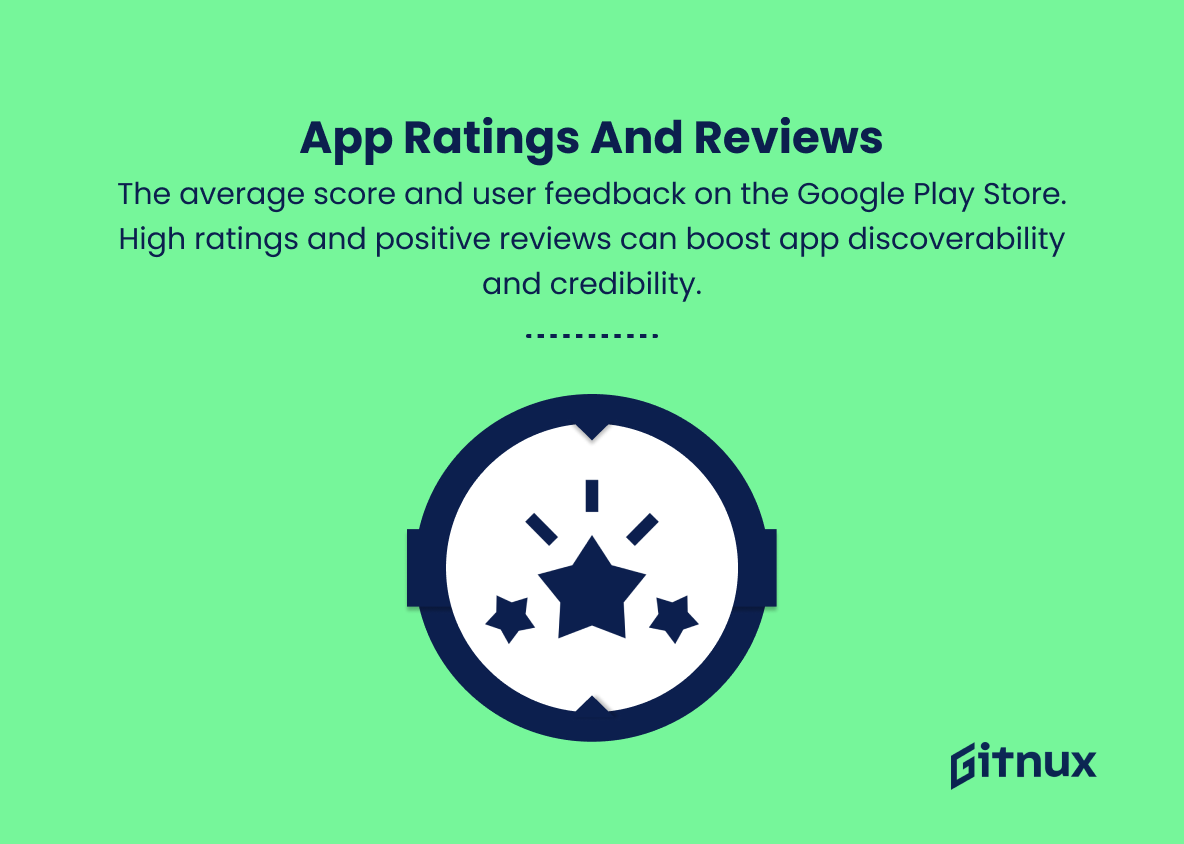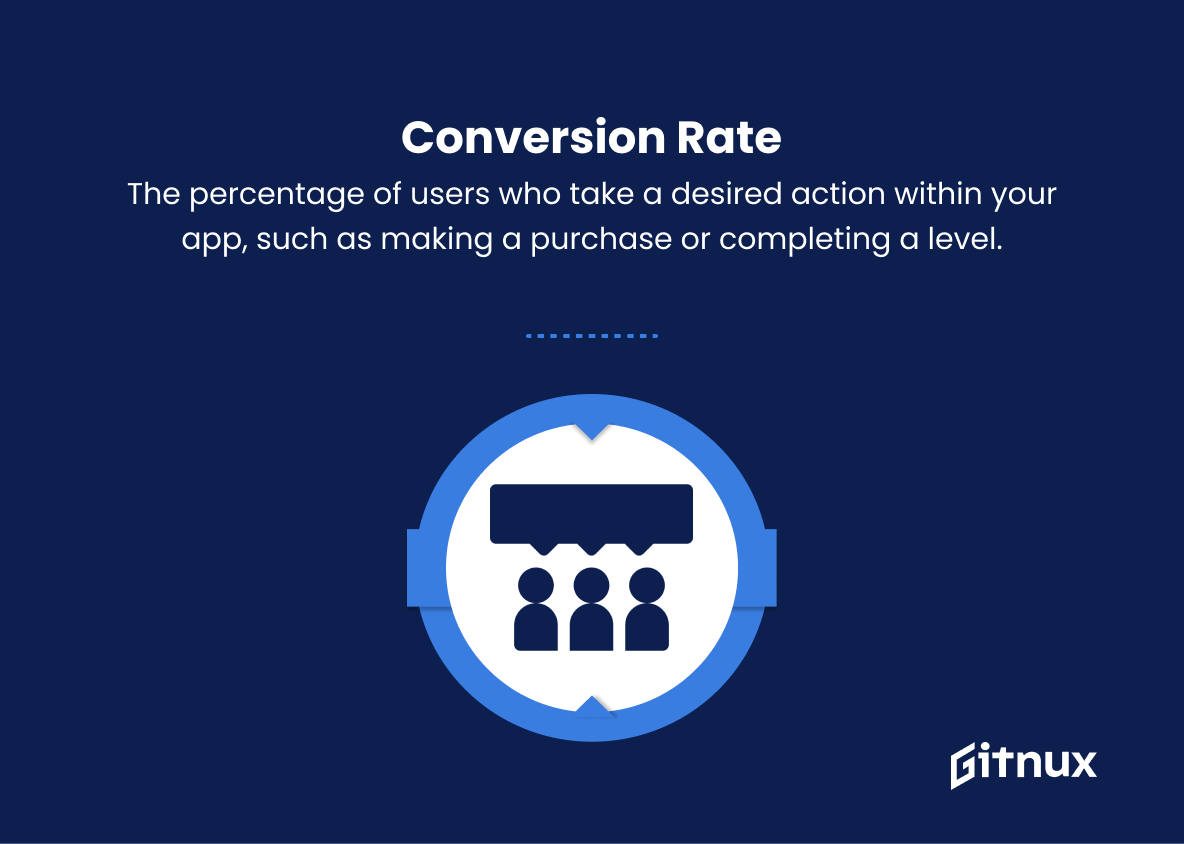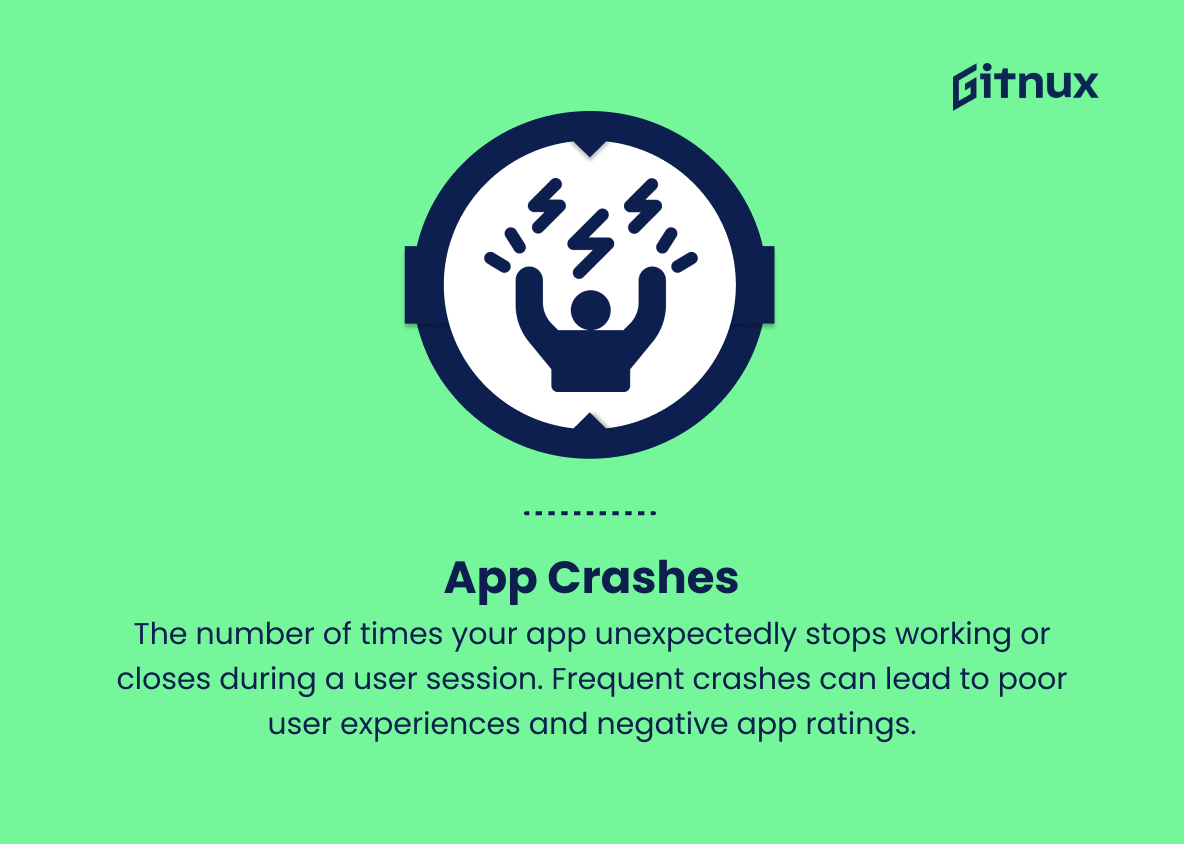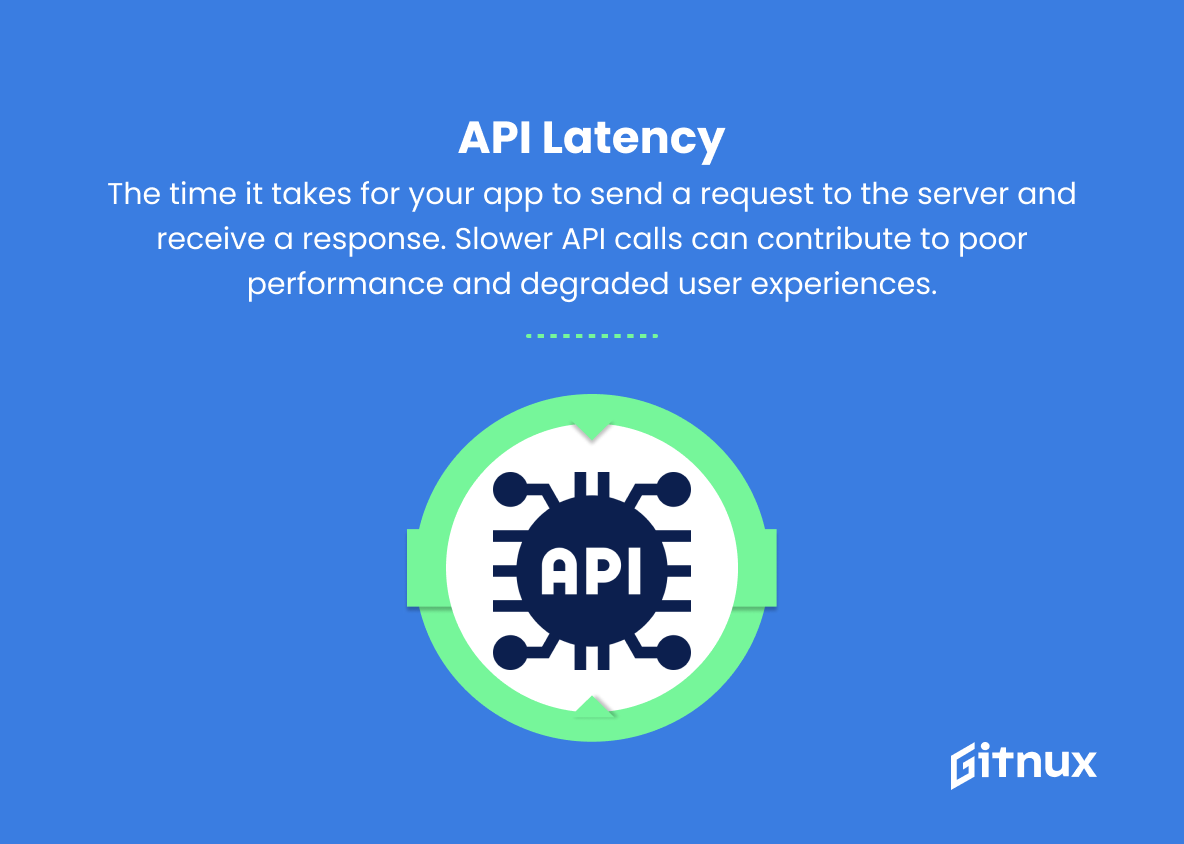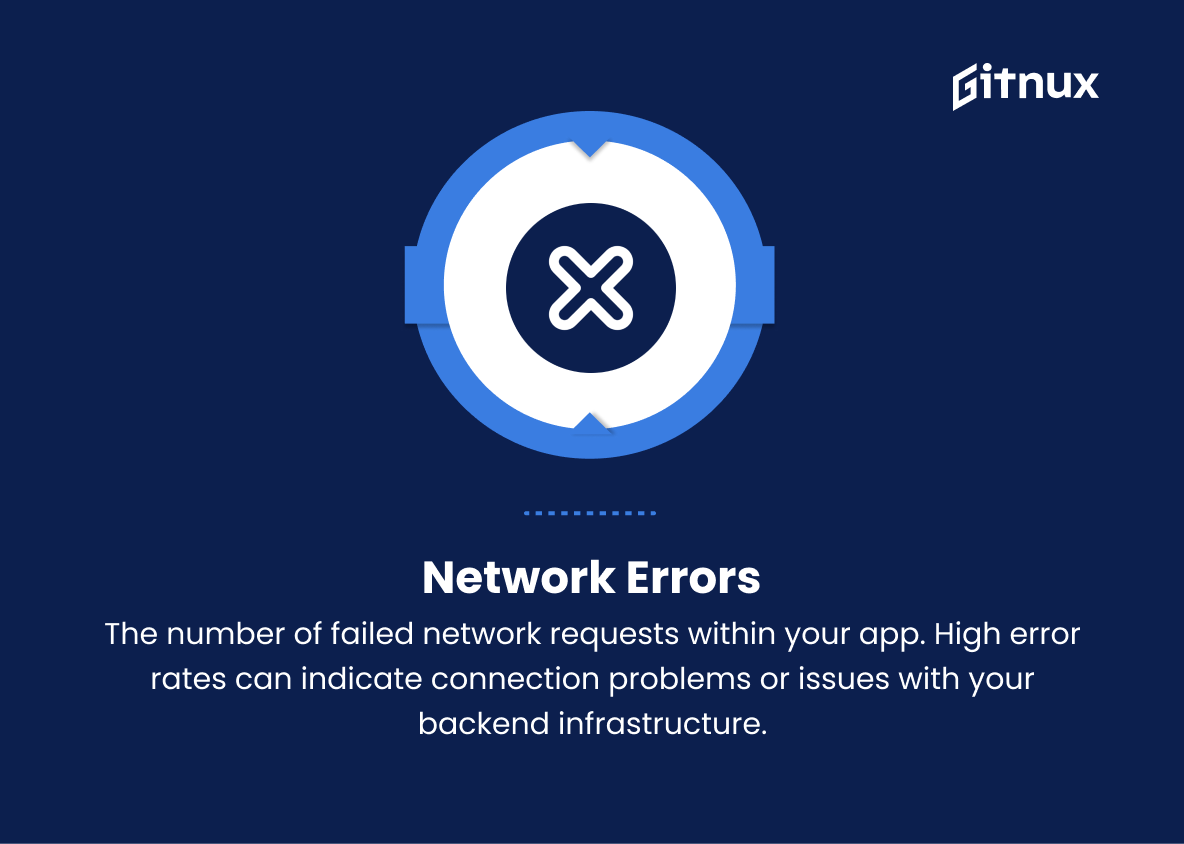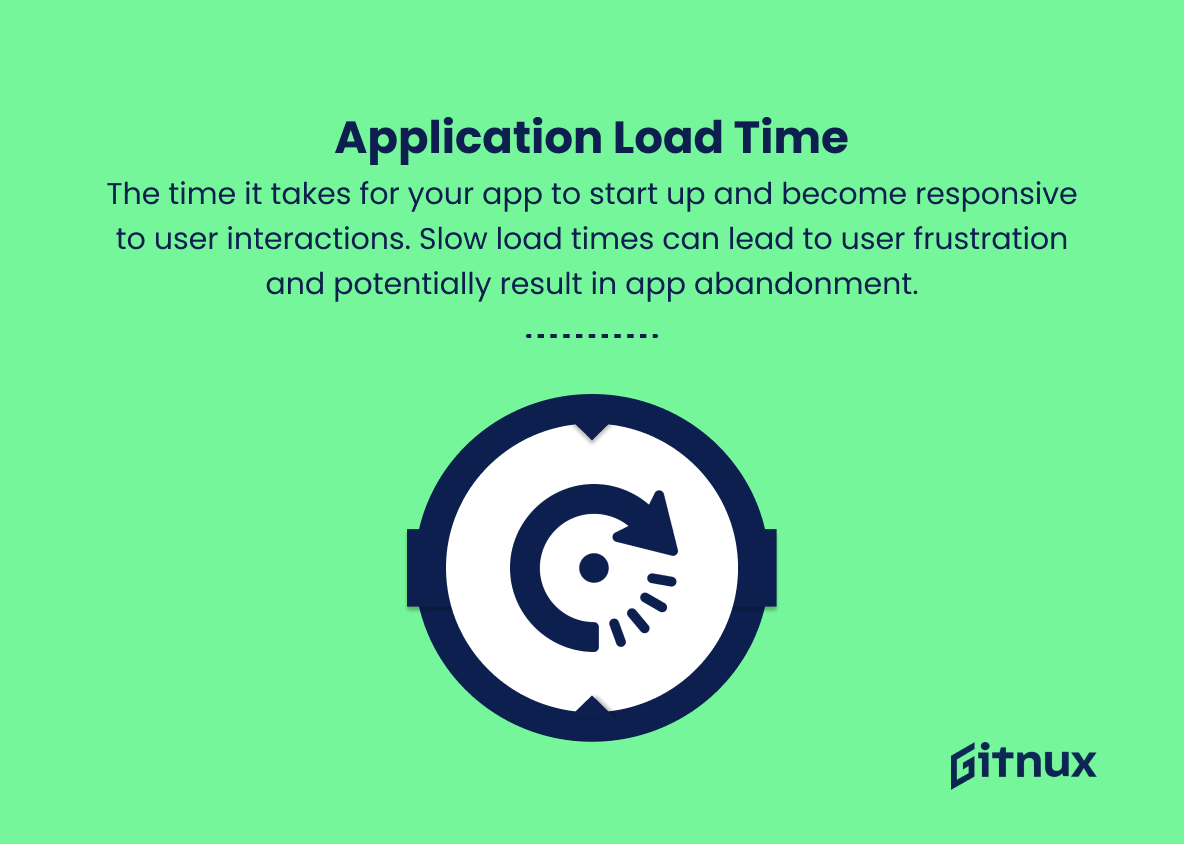In today’s digital landscape, the success of any Android app depends on a multitude of factors, with app metrics holding a significant role in measuring and optimizing performance. In this blog post, we will delve deep into the world of Android App Metrics, exploring the key indicators that every developer, product manager, and marketer should be aware of to ensure a seamless user experience and propel their app to greater heights.
From user engagement and retention to customer lifetime value, we will shed light on the critical metrics that can make or break your app’s success in the competitive market. So, buckle up and join us on this insightful journey to unlock the true potential of your Android application.
Android App Metrics You Should Know
1. Number of Downloads
This metric measures the total number of times your Android app has been downloaded from the Google Play Store.
2. Active Users
This refers to the number of users who are actively using your app. It can be further divided into Daily Active Users (DAU), Weekly Active Users (WAU), and Monthly Active Users (MAU).
3. Session Length
The amount of time that users spend interacting with your app during a single session. A longer session length generally indicates a higher level of engagement.
4. Session Frequency
The average number of sessions a user engages with your app over a certain period, such as daily, weekly, or monthly.
5. Retention Rate
The percentage of users who continue using your app over time, typically measured after 1, 7, and 30 days. A higher retention rate suggests that users find the app useful or engaging.
6. Churn Rate
The percentage of users who stop using your app within a specific time frame. High churn rates indicate potential problems with user experience or app functionality.
7. User Lifetime Value (LTV)
The projected revenue that a user will generate during their entire lifetime using your app. This can help evaluate the long-term profitability of user acquisition campaigns.
8. App Ratings and Reviews
The average score and user feedback on the Google Play Store. High ratings and positive reviews can boost app discoverability and credibility.
9. In-app Purchases
The number of users who make purchases within your app, as well as the revenue generated from these transactions.
10. Conversion Rate
The percentage of users who take a desired action within your app, such as making a purchase or completing a level.
11. App Crashes
The number of times your app unexpectedly stops working or closes during a user session. Frequent crashes can lead to poor user experiences and negative app ratings.
12. API Latency
The time it takes for your app to send a request to the server and receive a response. Slower API calls can contribute to poor performance and degraded user experiences.
13. Network Errors
The number of failed network requests within your app. High error rates can indicate connection problems or issues with your backend infrastructure.
14. Application Load Time
The time it takes for your app to start up and become responsive to user interactions. Slow load times can lead to user frustration and potentially result in app abandonment.
15. Screen Flow and Navigation
An analysis of the user journey within your app, including the paths taken by users and any bottlenecks or roadblocks they may encounter. Understanding screen flow can help identify areas for improvement in user experience and app usability.
Android App Metrics Explained
Android app metrics are crucial in gauging the performance and success of an app as they provide valuable insights into user behavior and overall app experience. Metrics like number of downloads, active users, session length, and session frequency help to measure user engagement and app popularity. Retention rate and churn rate provide insights into user satisfaction and potential issues with the app, while user lifetime value helps assess the app’s long-term profitability.
Metrics like app ratings, reviews, in-app purchases, and conversion rates contribute to understanding marketability and user satisfaction. Additionally, app crashes, API latency, network errors, application load time, and screen flow and navigation are essential in identifying technical shortcomings and ensuring continuous improvement in user experience and app usability. Keeping track of these metrics enables app developers and businesses to make informed decisions for updates and enhancements, thus resulting in an app that appeals to its target audience and maintains a competitive edge in the market.
Conclusion
In conclusion, understanding and monitoring Android App Metrics is vital for developers and businesses alike to ensure their app’s success in the competitive market. By tracking key performance indicators such as churn rate, average revenue per user, and user engagement, we can make data-driven decisions to optimize the user experience, increase customer retention, and maximize revenue.
Embracing these app metrics will empower developers to create and maintain a high-quality app, while simultaneously helping businesses to make informed decisions about investments in their mobile applications. Ultimately, implementing and consistently analyzing Android App Metrics is the key to unlocking the full potential of any app in today’s ever-evolving digital landscape.
